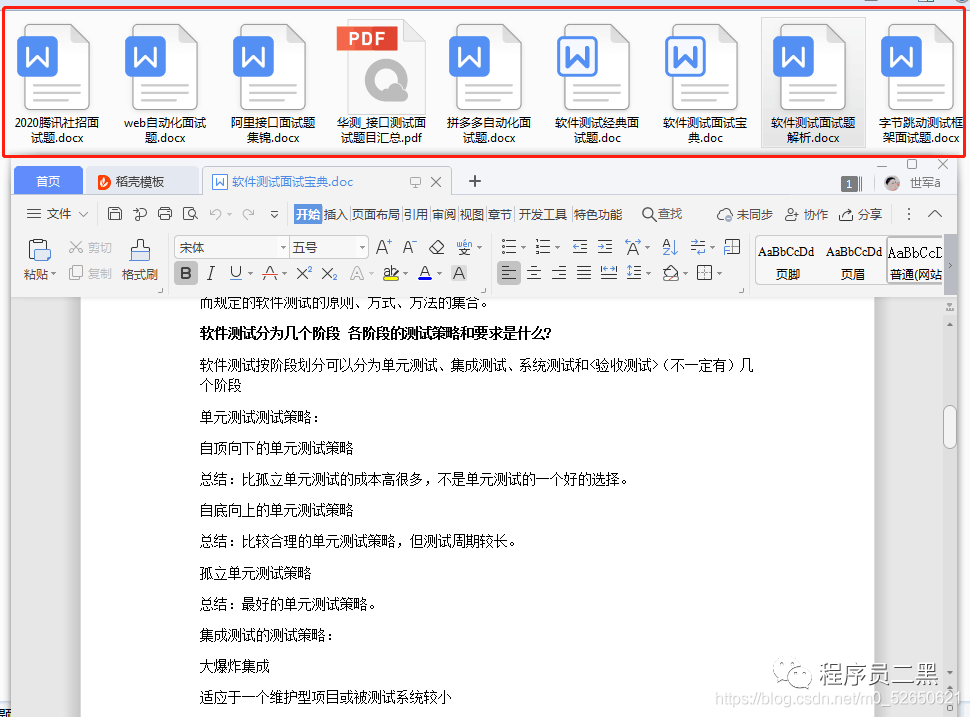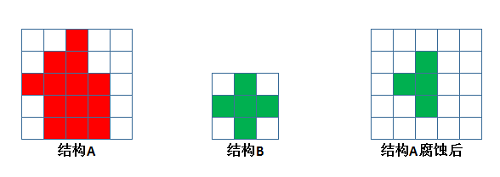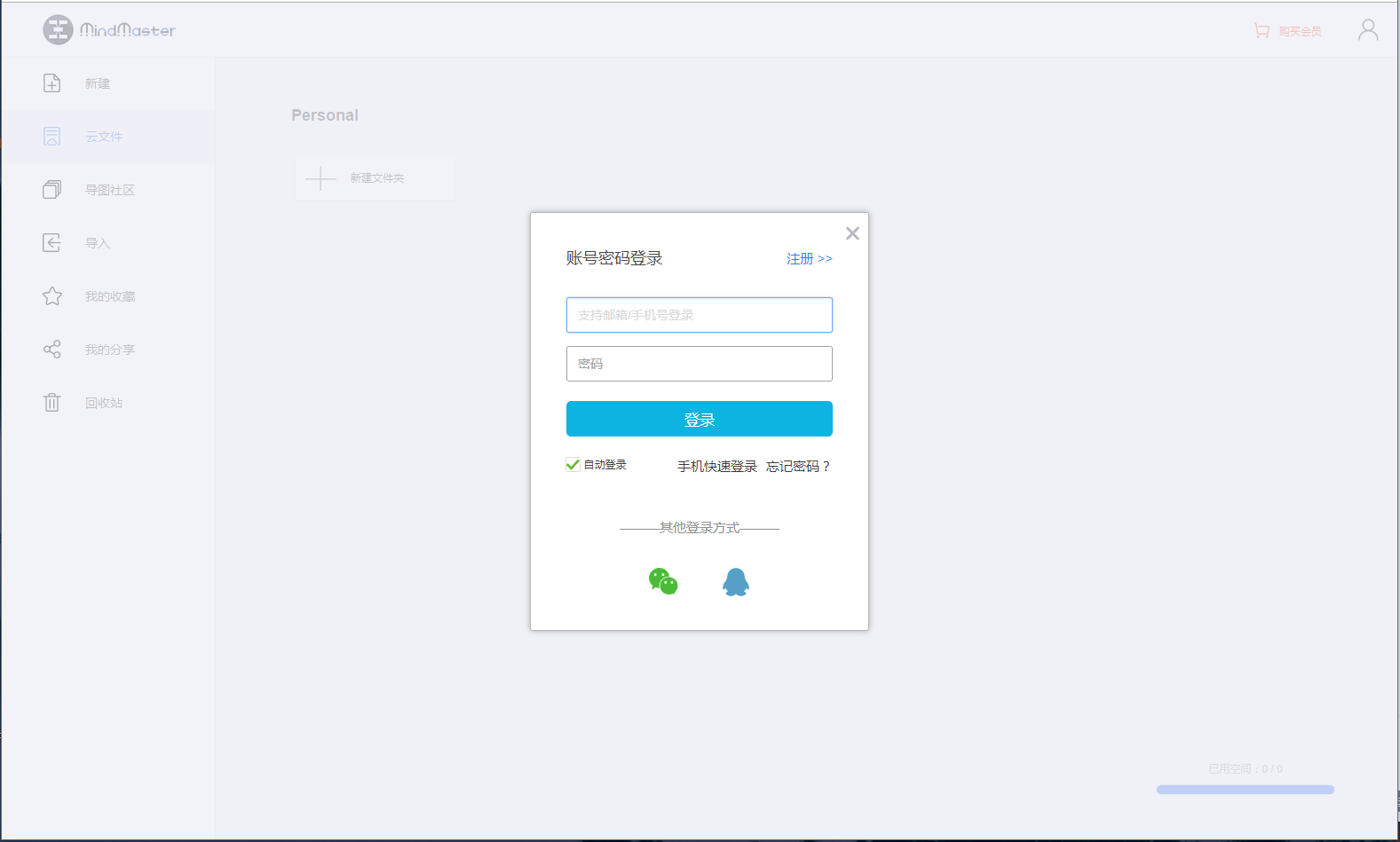I have to do some operation whenever UICollectionView has been loaded completely, i.e. at that time all the UICollectionView's datasource / layout methods should be called. How do I know that?? Is there any delegate method to know UICollectionView loaded status?
问题:
回答1:
// In viewDidLoad
[self.collectionView addObserver:self forKeyPath:@"contentSize" options:NSKeyValueObservingOptionOld context:NULL];
- (void)observeValueForKeyPath:(NSString *)keyPath ofObject:(id)object change:(NSDictionary *)change context:(void *)context
{
// You will get here when the reloadData finished
}
- (void)dealloc
{
[self.collectionView removeObserver:self forKeyPath:@"contentSize" context:NULL];
}
回答2:
This worked for me:
[self.collectionView reloadData];
[self.collectionView performBatchUpdates:^{}
completion:^(BOOL finished) {
/// collection-view finished reload
}];
Swift 4 syntax:
self.collectionView.reloadData()
self.collectionView.performBatchUpdates(nil, completion: {
(result) in
// ready
})
回答3:
It's actually rather very simple.
When you for example call the UICollectionView's reloadData method or it's layout's invalidateLayout method, you do the following:
dispatch_async(dispatch_get_main_queue(), ^{
[self.collectionView reloadData];
});
dispatch_async(dispatch_get_main_queue(), ^{
//your stuff happens here
//after the reloadData/invalidateLayout finishes executing
});
Why this works:
The main thread (which is where we should do all UI updates) houses the main queue, which is serial in nature, i.e. it works in the FIFO fashion. So in the above example, the first block gets called, which has our reloadData method being invoked, followed by anything else in the second block.
Now the main thread is blocking as well. So if you're reloadData takes 3s to execute, the processing of the second block will be deferred by those 3s.
回答4:
Just to add to a great @dezinezync answer:
Swift 3+
collectionView.collectionViewLayout.invalidateLayout() // or reloadData()
DispatchQueue.main.async {
// your stuff here executing after collectionView has been layouted
}
回答5:
Do it like this:
UIView.animateWithDuration(0.0, animations: { [weak self] in
guard let strongSelf = self else { return }
strongSelf.collectionView.reloadData()
}, completion: { [weak self] (finished) in
guard let strongSelf = self else { return }
// Do whatever is needed, reload is finished here
// e.g. scrollToItemAtIndexPath
let newIndexPath = NSIndexPath(forItem: 1, inSection: 0)
strongSelf.collectionView.scrollToItemAtIndexPath(newIndexPath, atScrollPosition: UICollectionViewScrollPosition.Left, animated: false)
})
回答6:
This works for me:
__weak typeof(self) wself= self;
[self.contentCollectionView performBatchUpdates:^{
[wself.contentCollectionView reloadData];
} completion:^(BOOL finished) {
[wself pageViewCurrentIndexDidChanged:self.contentCollectionView];
}];
回答7:
As dezinezync answered, what you need is to dispatch to the main queue a block of code after reloadData from a UITableView or UICollectionView, and then this block will be executed after cells dequeuing
In order to make this more straight when using, I would use an extension like this:
extension UICollectionView {
func reloadData(_ completion: @escaping () -> Void) {
reloadData()
DispatchQueue.main.async { completion() }
}
}
It can be also implemented to a UITableView as well
回答8:
Def do this:
//Subclass UICollectionView
class MyCollectionView: UICollectionView {
//Store a completion block as a property
var completion: (() -> Void)?
//Make a custom funciton to reload data with a completion handle
func reloadData(completion: @escaping() -> Void) {
//Set the completion handle to the stored property
self.completion = completion
//Call super
super.reloadData()
}
//Override layoutSubviews
override func layoutSubviews() {
//Call super
super.layoutSubviews()
//Call the completion
self.completion?()
//Set the completion to nil so it is reset and doesn't keep gettign called
self.completion = nil
}
}
Then call like this inside your VC
let collection = MyCollectionView()
self.collection.reloadData(completion: {
})
Make sure you are using the subclass!!
回答9:
I needed some action to be done on all of the visible cells when the collection view get loaded before it is visible to the user, I used:
public func collectionView(_ collectionView: UICollectionView, willDisplay cell: UICollectionViewCell, forItemAt indexPath: IndexPath) {
if shouldPerformBatch {
self.collectionView.performBatchUpdates(nil) { completed in
self.modifyVisibleCells()
}
}
}
Pay attention that this will be called when scrolling through the collection view, so to prevent this overhead, I added:
private var souldPerformAction: Bool = true
and in the action itself:
private func modifyVisibleCells() {
if self.shouldPerformAction {
// perform action
...
...
}
self.shouldPerformAction = false
}
The action will still be performed multiple times, as the number of visible cells at the initial state. but on all of those calls, you will have the same number of visible cells (all of them). And the boolean flag will prevent it from running again after the user started interacting with the collection view.
回答10:
A different approaching using RxSwift/RxCocoa:
collectionView.rx.observe(CGSize.self, "contentSize")
.subscribe(onNext: { size in
print(size as Any)
})
.disposed(by: disposeBag)
回答11:
This is how I solved problem with Swift 3.0:
override func viewDidAppear(_ animated: Bool) {
super.viewDidAppear(animated)
if !self.collectionView.visibleCells.isEmpty {
// stuff
}
}
回答12:
You can do like this...
- (void)reloadMyCollectionView{
[myCollectionView reload];
[self performSelector:@selector(myStuff) withObject:nil afterDelay:0.0];
}
- (void)myStuff{
// Do your stuff here. This will method will get called once your collection view get loaded.
}
回答13:
Try this:
- (NSInteger)collectionView:(UICollectionView *)collectionView numberOfItemsInSection:(NSInteger)section
{
return _Items.count;
}
- (UICollectionViewCell *)collectionView:(UICollectionView *)collectionView cellForItemAtIndexPath:(NSIndexPath *)indexPath
{
UICollectionViewCell *cell;
//Some cell stuff here...
if(indexPath.row == _Items.count-1){
//THIS IS THE LAST CELL, SO TABLE IS LOADED! DO STUFF!
}
return cell;
}


